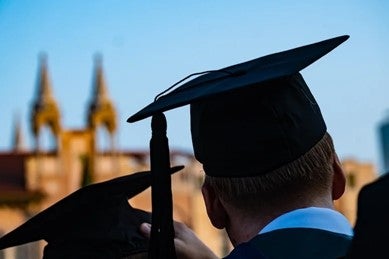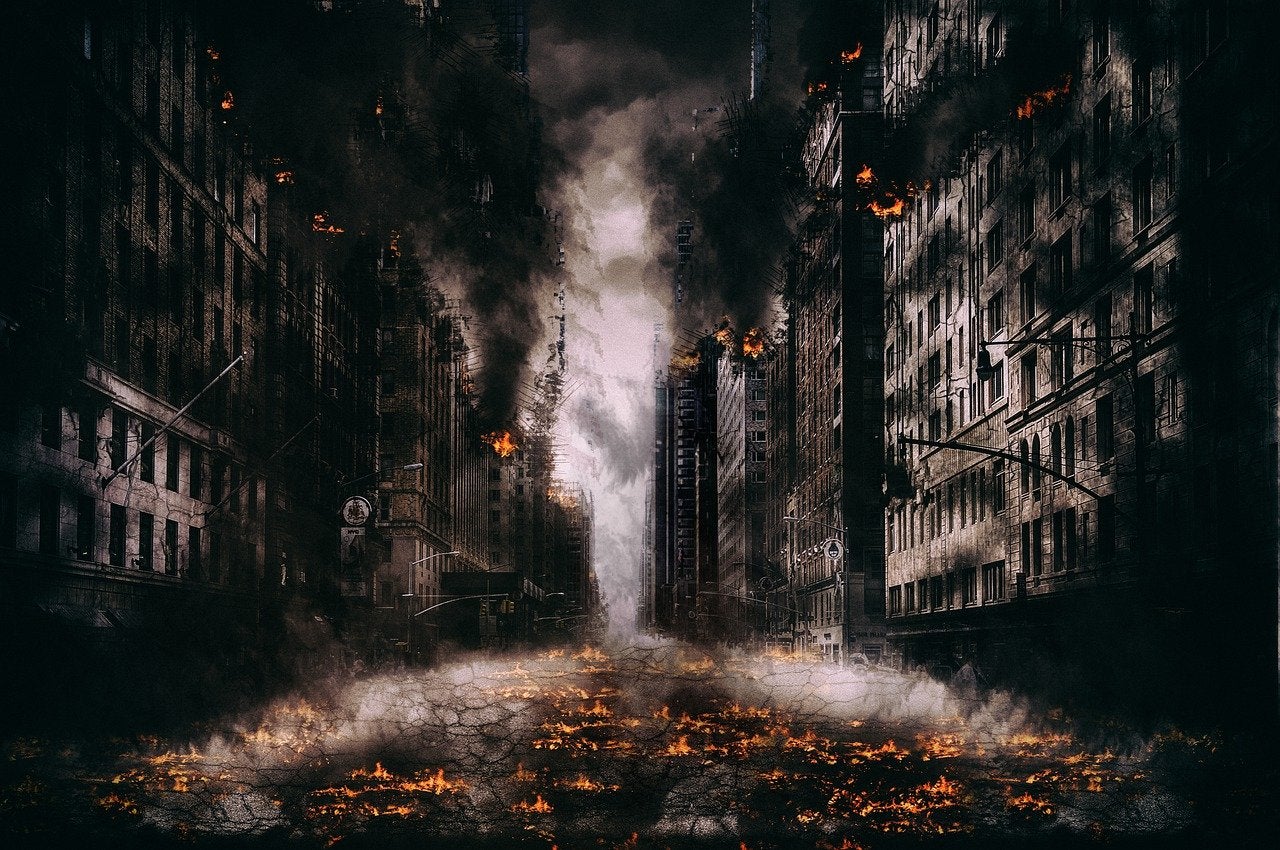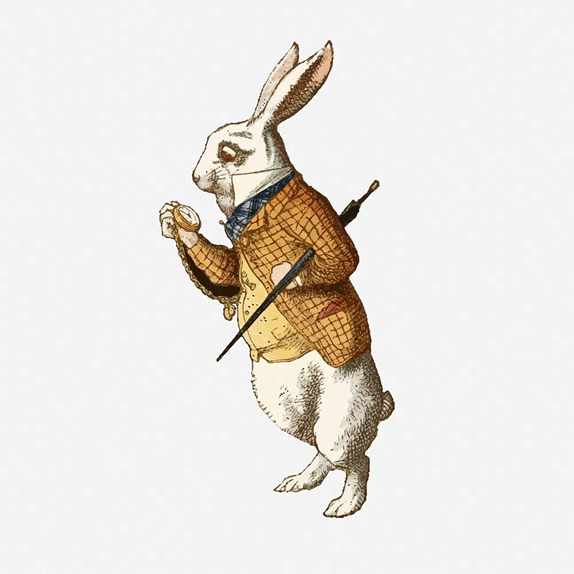FWIS 100 introduces students to academic writing through topic-based courses designed to develop skills in reading, writing and composition. Unlike general FWIS courses, all FWIS 100 courses carry the same “100” number. However, each FWIS 100 section is a different class, taught by a variety of instructors with distinct areas of scholarly expertise. To choose your preferred section, review the descriptions below, then find the appropriate section in the Course Scheduler.
Fall 2025 Course Topics
- FWIS 100 From Individual to Public Memory
- FWIS 100 Emotion Regulation, Stress, and Health
- FWIS 100 What is College For?
- FWIS 100 Ordinarily Extraordinary: Modern Children’s Literature
- FWIS 100 Gothic Bodies: Bones, Blood, and Literary Graves
- FWIS 100 How to Write Essays About Love
- FWIS 100 "Wanna go for a ride?": The Automobile in American Film
- FWIS 100 Post-Apocalyptic Literature and Film
- FWIS 100 Ways of Walking
- FWIS 100 Graphic Novels and the Art of Communication
- FWIS 100 Cowboys and Cornfields: (Un)making the American West in Film, T.V., and Literature
- FWIS 100 Ecopoetics
From Individual to Public MemoryFWIS 100, Steph D.C. Parker, Section 009: T/Th 9:25-10:40 This course invites students to reflect on whose stories we remember—and how? when? where? How does the framing of the past reinforce or disrupt present narratives about our nations, our communities, and ourselves? We will begin with a study of individual, social, and collective memory before exploring artifacts of public memory, the histories told through monuments, museums, archives, television, and other forms of narrative. Through analysis of written, visual, and aural rhetoric, we will develop an understanding of the politics of representation and interpretation and explore how artifacts contribute to an overall message that shapes public understanding of our past. In the last half of the semester, students will investigate a history of their choosing related to Rice University, Houston, or Texas, and craft their own artifact of public memory. This course will provide students with a foundation in academic writing and research, rhetoric, and public memory.
|
Emotion Regulation , Stress, and HealthFWIS 100, Pauline Goodson, Section 015: T/Th 2:30-3:44 Emotions are not just different ways of feeling – they are essential to day-to-day functioning, allowing us to respond to stress in different ways and even exert influence on our mental and physical health. The ability to regulate our emotions is, therefore, important to understand and consider as we think about ways to cope with stress and preserve our well-being. In this class, we will review the research on emotion regulation, stress, coping, mental health, physiological functioning, how “who” we are and “what” we’re dealing with impact what works for us, and more. Students will critically engage with the material to develop their academic reading and writing skills while assessing their own use of emotion regulation and how it plays a role in their everyday life. By the end of this course, students will not only come away with the foundations to succeed in their academic writing and communication at Rice, but will be able to learn strategies to optimize their mental, emotional, and physical health during their collegiate years and beyond. |
 |
What is College For?FWIS 100, Burke Nixon, Section 006: MWF 3:00-3:50 The time and effort required to get into college—and the many demands on our time once we get there—can distract us from a very important question: What is college for, exactly? In other words, what is the real purpose of a college education? This course will allow you to consider this question and the many competing (and sometimes contradictory) answers that others have offered about the purpose of higher education. Along the way, we’ll reflect on larger questions about ambition, professional achievement, and the pursuit of wisdom, happiness, and meaning. To help us formulate our own understanding of the purpose of higher education, we’ll also look to literary and philosophical texts from Plato and Paulo Freire to J.D. Salinger and Zena Hitz. By writing and reading in a variety of genres, we’ll develop the academic skills and scholarly habits of mind that will help you thrive in college, while reflecting on how to make the most of your college years. |
|
|
Ordinarily Extraordinary: Modern Children’s LiteratureFWIS 100, Heather Neill, Section 003: MWF 11:00-11:50, Section 005: MWF 1:00-1:50 Children’s literature is often characterized as simplistic and unsophisticated, lacking true literary depth. Appearances, however, can be deceptive. In this class, we will examine several samples from modern (1865-present) British and American children’s literature as we investigate questions such as: ● How does children’s literature appeal to dual audiences of children and adults? ● How do these texts define children (yet simultaneously encourage children to break free from those definitions)? ● How does children’s literature balance its simultaneous goals to educate and entertain? Over the course of the semester, we will talk, write, and present extensively about these questions, as we learn to read children’s literature both for pleasure and for a new understanding of our own assumptions about children and their books.
|
|
|
Gothic Bodies: Bones, Blood, and Literary GravesFWIS 100, Meredith McCullough, Section 0011: MWF 11:00-11:50 From horror movies to haunted houses, the gothic genre is thriving in 2025. This seminar introduces students to the long history of the gothic in the Western literary tradition. Gender and sexuality are especially important topics as we dive into histories of desire and repression. By way of historical research and literary analysis, students will think critically about the tension between rational realism and the supernatural. We will consider the role of gothic themes in a society that values rational, scientific objectivity. Supernatural encounters, haunted houses, monstrous creatures, and gruesome skeletons form some of the topics this course will cover. As though prying open an ancient tomb, this seminar invites students to investigate the subversive meaning of gothic tropes. By the light of a shaky candle this course is brave enough to look beyond the veil of realism to the grotesque, the unsettling, and the weird lurking beyond. |
|
|
How to Write Essays About LoveFWIS 100, Meredith McCullough, Section 002: MWF 10:00-10:50, Section 004: MWF 9:00-9:50 Love is an ancient philosophical problem. It is just as much a topic for chemical biology as for poets and musicians. Writing about love in academia now means discussing politics, race, and sexuality, alongside psychology and biology. In “How to Write Essays About Love” students will investigate and participate in such conversations. This course begins and ends with bell hooks’ All About Love (2000). Indeed, hooks’ essays form a central text that we return to throughout the semester. Thinking with hooks’ arguments in selected chapters, students will be prompted to examine the overlap between love, justice, and politics. A significant goal of this course is to invite students to approach representations of love with critical curiosity. Our inherited ideas about love - how, who, and in what way, is it best to love? - are undergoing a revolution. Students will investigate the histories shaping cultural beliefs about love. |
 |
"Wanna go for a ride?": The Automobile in American FilmFWIS 100, Paul Burch, Section 007: T/Th 9:25-10:40, Section 014: T/Th 10:50-12:05 Some of the most iconic moments of Hollywood cinema have taken place in the shadow of the motorcar. This class asks students to think critically about what it means to depict the automobile through film and to consider how these depictions, and their meanings, might change with different historical, artistic, and political contexts. Class discussions and writing tasks are based around the viewing of several carefully curated movies, including John Lasseter’s Cars (2006), Richard Linklater’s Dazed and Confused (1993), and Denise Villeneuve’s Blade Runner 2049 (2017). With the aid of these films, we will consider a range of critical topics, thinking through questions of risk, belonging, fugitivity, and dwelling. As a field with a rich cultural and critical history, studying the automobile in American Cinema provides the ideal opportunity to think broadly about a wide variety of academic questions while gaining a depth of writing and communication experience. |
 |
Post-Apocalyptic Literature and FilmFWIS 100, Laura Richardson, Section 012: T/Th 2:30-3:45, Section 013: T/Th 4:00-5:15 Our culture is fascinated with its own destruction. From zombies to nuclear war, ecological disasters, aliens, disease, and killer machines, Armageddon takes many forms. Structured around ways in which we have imagined the world ending, this course charts the cultural consciousness of apocalypse. What’s at stake in envisioning our annihilation? The reading selection changes each year, but in the past we have considered novels and films such as Emily St. John Mandel’s Station Eleven, the Wachowski sisters’ The Matrix, and Yeon Sang-Ho’s Train to Busan. As a writing intensive course, Post-Apocalyptic Literature and Film will teach you college-level critical writing and reading skills along with a healthy dose of doomsday phobia. |
Ways of WalkingFWIS 100, Andrew Klein, Section 016: MWF 9:00-9:50 For most of us, walking is an activity of necessity: we put one foot in front of the other in order to get from Point A to Point B. For others, however, the act of walking holds far greater potential. Whether it's a pilgrimage, a hike, a city stroll, a protest march, or something else altogether, a walk can be much more than just a walk. In this course, we will explore the cultural history and significance of walking by looking at a wide array of interdisciplinary texts. These readings will be accompanied by integral writing assignments designed to develop your ability to write clearly and persuasively in a number of different genres. There will also be a number of field trips in and around the Houston area. |
|
|
Graphic Novels and the Art of CommunicationFWIS 100, Dave Messmer, Section 008: T/Th 10:50-12:05 Comics. Sequential art. Graphic novels. Whatever we call them, this medium that combines a series of images and (usually) text has flourished in the past few decades, emerging from the humble genre tales of the 1930s to an artform striving to express the full range and complications of the human experience. But how do they do that? What are they good at? What do they struggle to capture? This course will challenge students to engage with a wide range of contemporary graphic novels and to think critically about the complicated relationship between their form and their content. Along the way, we will also explore what other critics have to say about that relationship, and students will consider how to join those scholarly conversations through their own writing. |
|
Cowboys and Cornfields: (Un)making the American West in Film, T.V., and LiteratureFWIS 100, Paul Burch, Section 017: MWF 1:00-1:50 From our time zones to our sports leagues to the way we drive our cars, plan our towns, and even picture the world, ideas of “The West” are inescapable. In American Culture, the “Wild West” or a “Frontier Wests” is particularly deeply ingrained, with narratives of cowboys, lawmen and gunfights still dominating our books and our screens. This class takes the Wild West as a starting point and asks a crucial question: how many “Wests” are there actually? As such, this FWIS 100 class approaches the American west from a variety of different perspectives, identities, and genres. How do Black drovers and lawmen such as Nat Love or Bass Reeves disrupt the cowboy archetype? How do the domestic spaces of midwestern homesteads and California suburbs fracture or enrich a pioneer/settler aesthetic? What histories lie beneath (and on top of) America’s “amber waves of grain”? Through discussion of films, novels, short stories, and television episodes, students will be encouraged to devise, analyze, defend, and narrate their own ideas of the American West. In the process, they will be asked to write and communicate in multiple genres, including screenwriting. |
Ecopoetics
FWIS 100, Matthew Weitman, Section 010: T/Th 1:00 - 2.15
Writing Coach: Christopher Nicholson
In this writing-intensive seminar, we will consider poetics as a framework with which artists, writers, and theorists can responsibly engage with ecological issues. We will begin by studying classic and contemporary works of ecopoetry from around the world—which is to say, in addition to reading selections from English and American poetic traditions, we will also read translations of ecopoets from the Tang Dynasty, 13th Century Persia, 1970’s Chile, and elsewhere. These initial conversations will inform our understanding of the relationship between form and content, language and culture, nature and society, and so forth, as we shift our attention to works of visual art by Robert Smithson, Walter De Maria, Jeanne Claude and Christo, and many others.
In conjunction with these primary sources, we will also study foundational works of ecocriticism. These enduring examples of scholarly work will aid in our discussions of research methodologies and analytic praxes. As we continue to refine our understanding of both “ecology” and “poetics” throughout the course of the semester, students will learn to write compelling essays for a rapidly changing world.

